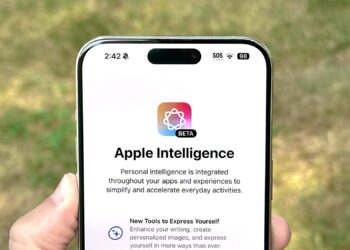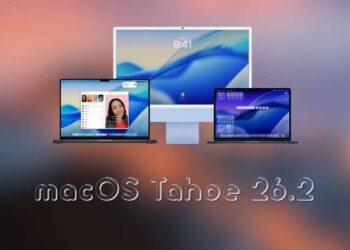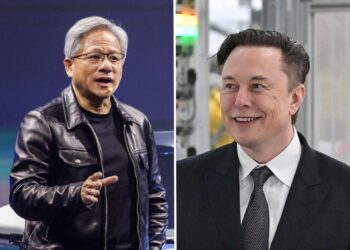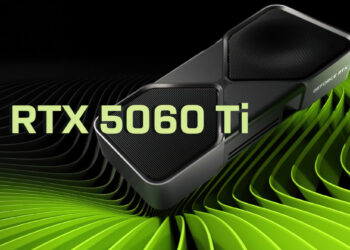In June 2021, we came across a report titled “TSMC’s 3DFabric Technology is the next big wave in Chip Design that Apple will take advantage of in the not-too-distant future.” A new report out of Taiwan today confirms that Apple has begun using TSMC‘s 3DFabric.
The report noted that “Yu Zhenhua, TSMC’s Vice-President of research and development pointed out yesterday that TSMC’s advanced packaging 3D Fabric platform has taken the lead in entering a new stage of system miniaturization, which will provide more value to the semiconductor industry. The industry is optimistic that the continuous evolution of TSMC’s advanced packaging technology will help customers reduce costs, create more innovative developments, and continue to advance and exceed Moore’s Law.”
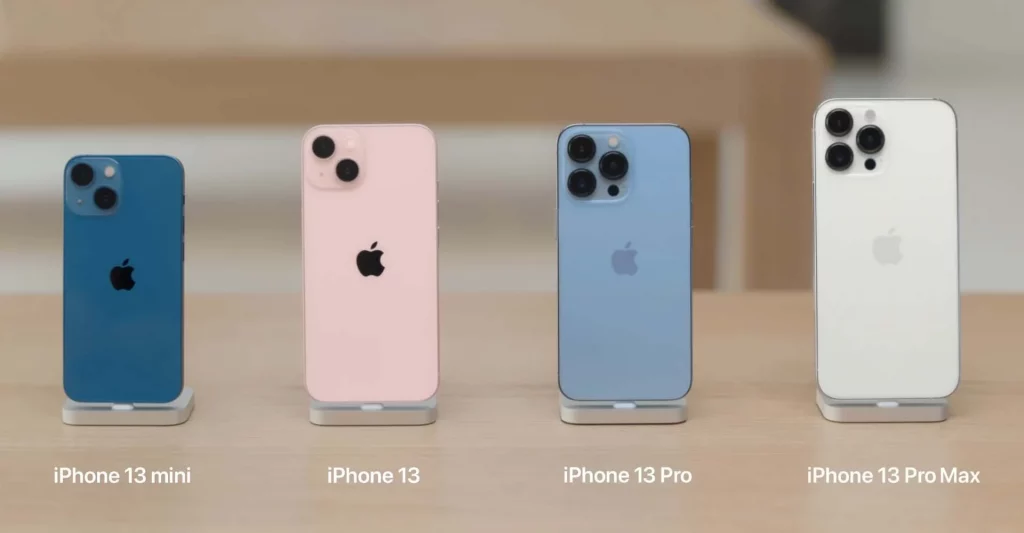
“TSMC released the advanced packaging trend blueprint updated to system miniaturization and the advancement of related advanced packaging technology will help improve IC design and cost issues that brand customers are concerned about and promote the expansion of the advanced process of the back-end process.”
“At present, Apple, Huida, and other first-tier manufacturers have all adopted TSMC advanced packaging.”
“The industry believes that as TSMC’s advanced packaging technology continues to move forward, it will allow customers such as Apple and Huida to expand their gap with rivals such as Samsung and Intel.”
The Taiwanese report further elucidated that “Yu Zhenhua pointed out in an online live broadcast yesterday that TSMC’s 3D Fabric platform has been established and is the first to enter a new stage. It has gone from heterogeneous integration and system integration to the current system miniaturization. Related developments are similar to system-on-chip (SoC) miniaturization, which emphasizes efficiency and energy consumption. Compared with size shrinking, the new stage of system shrinking is the pursuit of higher system efficiency, lower energy consumption, and more compact size into volume refinement.”
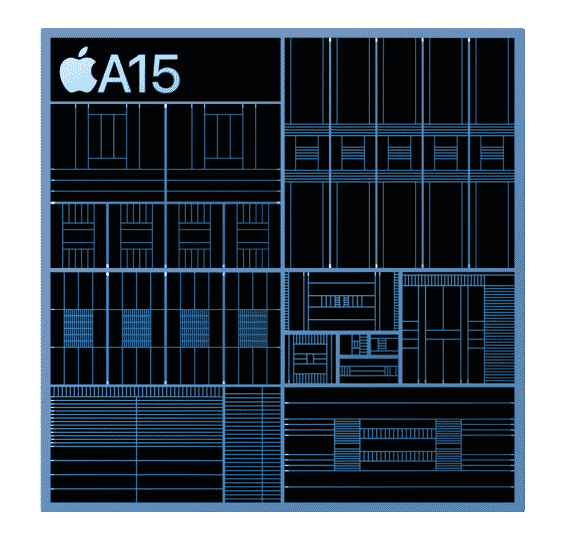
What’s ambiguous at present is if Apple used TSMC’s 3DFabric with their A15 or M1 Pro and Max Processors.
Considering the emphasis placed on lower energy consumption, it may have been applied to Apple’s M1 processors.
Earlier in July, Patently Apple posted a report titled “When first testing the new M1 Processor, Apple’s VP of Marketing was stunned by its performance and thought that the battery indicator was broken.”
In an interview with Tom’s Guide, Bob Borchers, Apple’s VP of worldwide product marketing noted: “When we saw that first system and then played it for a few hours and the battery didn’t move, we thought ‘Oh man, that’s a bug, the battery indicator is broken’. And then Tim Millet, VP of platform architecture at Apple, was laughing in the background, ‘Nope, that’s the way it’s supposed to be and it was pretty phenomenal.”
Source: Patently Apple
Also read:


